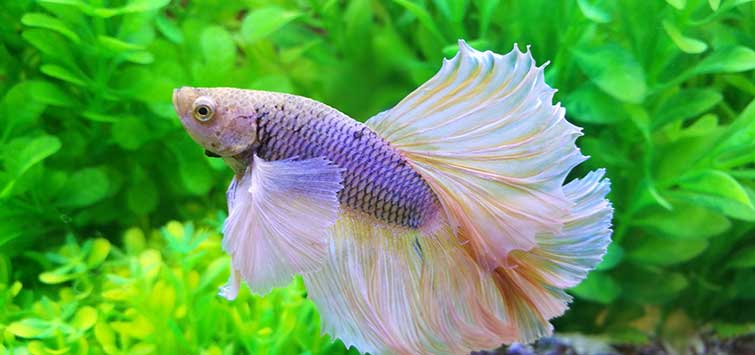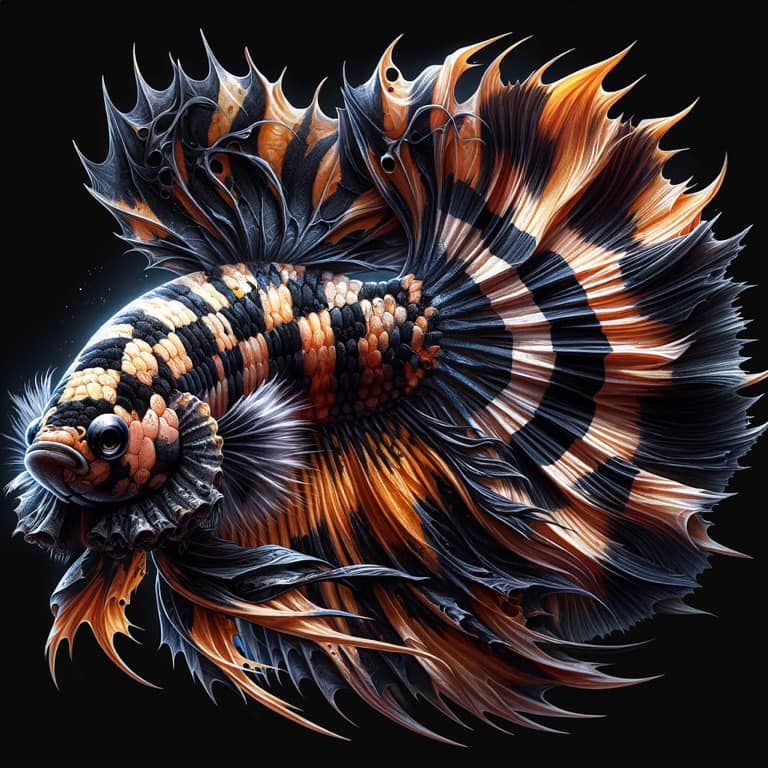Betta Fish Treatment: Necessary Tips for a Healthy And Balanced and Satisfied Pet
Wiki Article
Reproducing Betta Fish: a Comprehensive Step-By-Step Guide to Effectively Raising Child Bettas From Eggs to Their Adult Years
Breeding Betta fish is a careful undertaking that calls for mindful preparation and implementation to ensure the successful advancement of fry from eggs to develop fish. As the male Betta faithfully constructs a bubble nest and guards the precious eggs, the succeeding phases of treatment and change need focus to information and expertise of ideal techniques.
Picking Reproduction Pairs
When beginning on the journey of reproducing Betta fish, choosing the right reproduction pairs is crucial to achieving preferable characteristics and a healthy family tree - betta fish. The very first step in this process is to recognize the details qualities you wish to boost or preserve, such as shade, fin type, and body form. It is vital to choose genetically diverse pairs to prevent inbreeding, which can bring about wellness concerns and unfavorable characteristicsEvaluate possible breeding prospects thoroughly. A healthy male Betta needs to show dynamic shades, an active demeanor, and well-formed fins, while the woman should likewise present dynamic pigmentation and a rounded tummy, showing readiness for spawning. Observing the personality of both fish is vital, as aggressive or extremely shy individuals might not reproduce effectively.
Documents of lineage is similarly crucial. Maintaining records of the parent fish's origins can aid you track genetic qualities and possible issues. Furthermore, get in touch with respectable breeders or on the internet sources for advice on selecting compatible pairs. Eventually, spending time in the selection procedure will significantly enhance the possibility of creating solid, lively spawn that fulfill your breeding goals (betta fish).

Preparing the Breeding Container
Producing an optimal reproduction atmosphere is a key action after choosing appropriate pairs for Betta fish. The reproduction tank need to be particularly designed to give convenience and stimulate the all-natural breeding actions of the fish. Begin with a container size of at the very least 10 gallons to make sure appropriate space for both the male and female Bettas.Keep a mild filtration system to keep the water clean while preventing strong currents that can emphasize the fish. Additionally, an air rock can be added to give oxygenation without interfering with the water surface excessive.
Temperature law is essential; go for a steady array of 78-82 ° F(25-28 ° C) utilizing a dependable heating system. The pH level need to be maintained in between 6.5 and 7.5, and normal water changes are needed to make certain high water high quality.
Incorporate drifting plants or generating mops to produce concealing places for the female, while also motivating bubble nest building by the male - betta fish. Lastly, make certain the tank is without sharp decors and any kind of potential risks, as the well-being of the fish need to always be prioritized during this important stage of reproduction.
The Breeding Process
Generally, the reproducing procedure for Betta fish entails a collection of distinctive and observable behaviors that indicate preparedness for recreation. The male Betta starts by constructing a navigate to these guys bubble nest at the water's surface area, which works as a website for the fertilized eggs. This nest is vital, as it supplies a risk-free setting for the eggs until they hatch out.As soon as the nest is developed, the man will display courtship behaviors, such as flaring his fins and exhibiting dynamic colors to attract the lady. The click over here lady, upon picking up the male's readiness, will react by presenting upright red stripes along her body, indicating her receptiveness.
The fed eggs then drop to the bubble nest, where the male very carefully accumulates and returns them to the nest. Following this, the male thinks duty for safeguarding the nest and guaranteeing the safety and security of the eggs up until they hatch out, normally within 24-36 hours.
Caring for Betta Fry
Caring for Betta fry needs cautious interest to their environment and nutrition to make sure healthy and balanced development and development. After hatching, Betta fry are incredibly little and at risk, necessitating a steady and tidy environment.Feeding Betta fry is just as important. Initially, they ought to be used infusoria or carefully smashed top quality fry food, as their mouths are as well little to manage bigger fragments. As they grow, you can slowly introduce larger foods, such as infant brine shrimp or powdered flakes, to ensure they receive adequate nourishment. Feed them tiny quantities numerous times a day, being mindful not to overfeed, which can bring about water top quality problems.
Transitioning to Grownup Bettas
As Betta fry fully grown, transitioning them to adult Bettas is an essential stage that needs careful monitoring of their setting and social communications. This process generally begins when the fry get to around 6 weeks of age, at which point they can be slowly introduced to an extra structured living environment.To promote this transition, it is important to make certain that the water parameters-- such as temperature, pH, and ammonia degrees-- are ideal and stable. Grown-up Betta fish grow in warm water (around 78-80 ° F) with a pH of 6.5 to 7.5. Progressively accommodate the fry to these conditions to decrease anxiety.
Social interactions are one more key aspect; man Bettas are notoriously territorial and hostile. It is a good idea to different males into private containers as they mature. Women Bettas can be housed with each other, but care needs to be taken to check for signs of hostility.
In addition, dietary modifications my sources need to be made as the fry expand. Incorporate top quality pellets and live foods to support their development and wellness. By managing these elements successfully, you can advertise a successful transition to their adult years for your Betta fish.

Conclusion
Successful reproduction of Betta fish calls for mindful interest to detail throughout the entire procedure, from picking genetically varied pairs to providing optimal treatment for fry. By making certain ideal reproduction conditions and maintaining water quality, the chance of healthy and balanced children enhances considerably. Additionally, a well balanced diet plan and gradual adaptation to adult settings are vital for the growth and development of Betta fish. Adhering to these steps diligently cultivates a flourishing population of Betta fish, boosting both their health and wellness and vitality.Report this wiki page